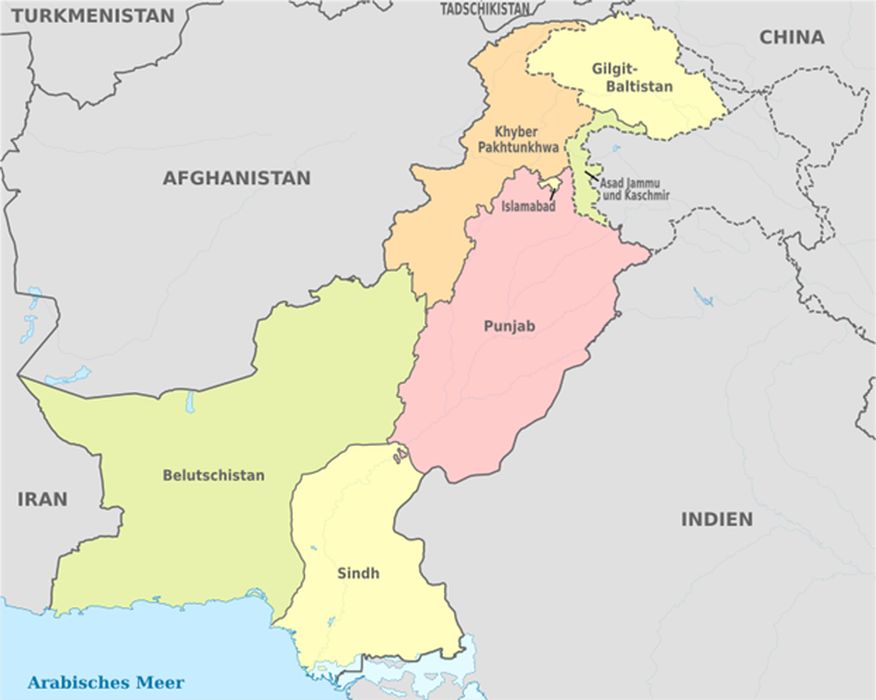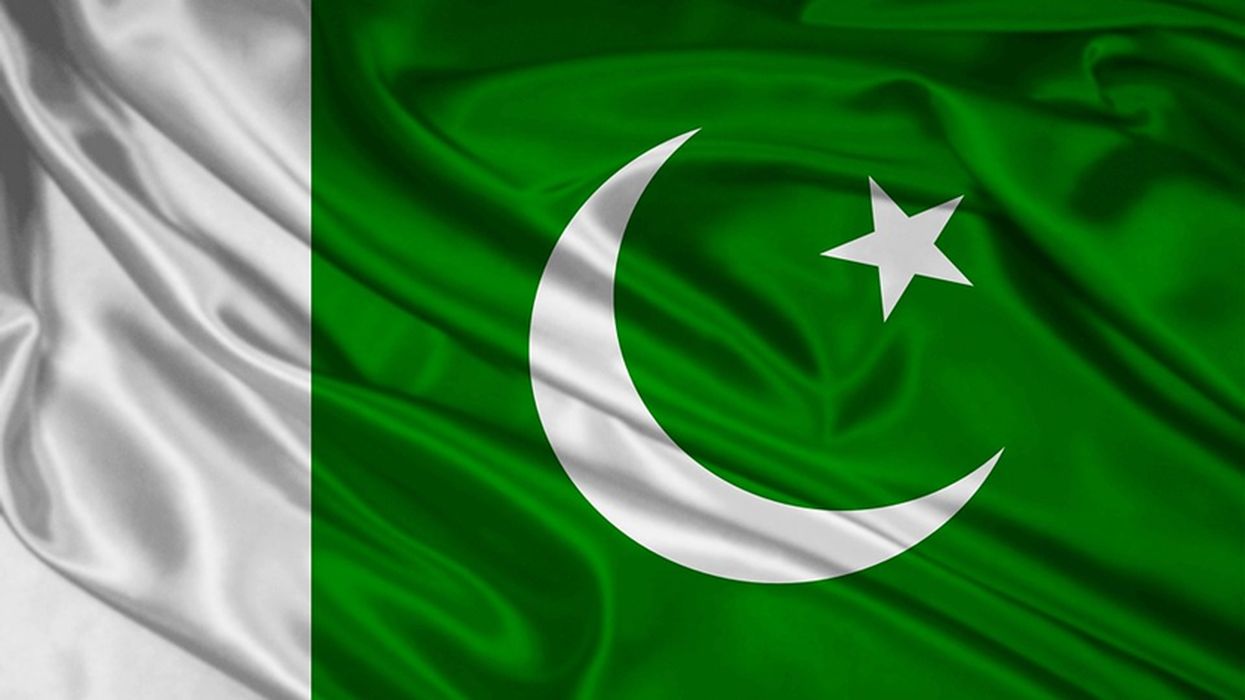
Charles R. Goulding and Preeti Sulibhavi look at the recent increase in 3D printing taking place in Pakistan.
Pakistan has suffered greatly during this COVID-19 period both in terms of the human toll and the economy. The Pakistani economy was already in a downturn pre-pandemic. Remarkably, Pakistan has 221 million people and is the 5th most populated country in the world after Indonesia but before Brazil.
Previously, there were regulatory prohibitions on importing 3D printers which severely limited the development of the 3D printing industry. Now, Pakistan is beginning to open the economy. The International Monetary Fund (IMF) has provided US$2.7B in funding to support economic recovery in the country.

With the emphasis on supplier alternatives, the Pakistani apparel industry is gaining traction. In the U.S. and other countries, the apparel industry stepped up and is using 3D printing technology to design and produce massive amounts of PPE. A strong Pakistani apparel industry could provide a similar resource.
The domestic industry cement industry grew 36 percent in the one year August 2020 to 2022 period. Cement is a sector where 3D printing technology is being utilized globally to provide residential housing. The government is also incentivizing IT and telecom.
We have previously covered, on Fabbaloo, how 3D printing can help resolve product parts and components issues brought on by supply chain constraints. Several bicycle components, including accessories, can be 3D printed as opposed to being outsourced to foreign factories.

For the Pakistani fashion industry 3D printing is certainly being utilized. Using Mammoth stereolithography (a technique that creates products layer-by-layer), then ultraviolet lasers for scanning the design in a liquid resin that hardens as it goes into contact with the laser, when finally, the 3D printed object will gradually take shape as detailed in the design software. Pakistani designers are taking advantage of the many benefits 3D printing offers in creating their Lawn Dresses Collection, enabling consumers to customize their own prints.
The Research & Development Tax Credit
The now permanent Research and Development (R&D) Tax Credit is available for companies developing new or improved products, processes and/or software.
3D printing can help boost a company’s R&D Tax Credits. Wages for technical employees creating, testing, and revising 3D printed prototypes can be included as a percentage of eligible time spent for the R&D Tax Credit. Similarly, when used as a method of improving a process, time spent integrating 3D printing hardware and software counts as an eligible activity. Lastly, when used for modeling and preproduction, the costs of filaments consumed during the development process may also be recovered.
Whether it is used for creating and testing prototypes or for final production, 3D printing is a great indicator that R&D Credit eligible activities are taking place. Companies implementing this technology at any point should consider taking advantage of R&D Tax Credits.
Conclusion
With its large population, Pakistan can be a supply resource and develop into a market opportunity. The 3D printing industry should get positioned to be part of the process.

